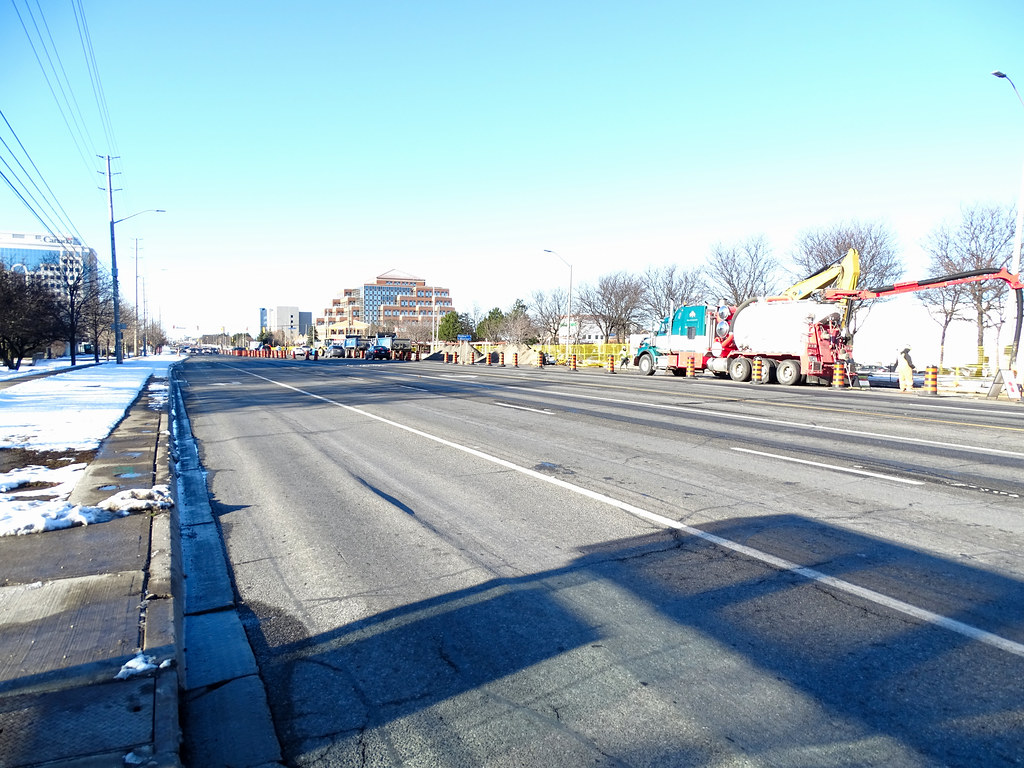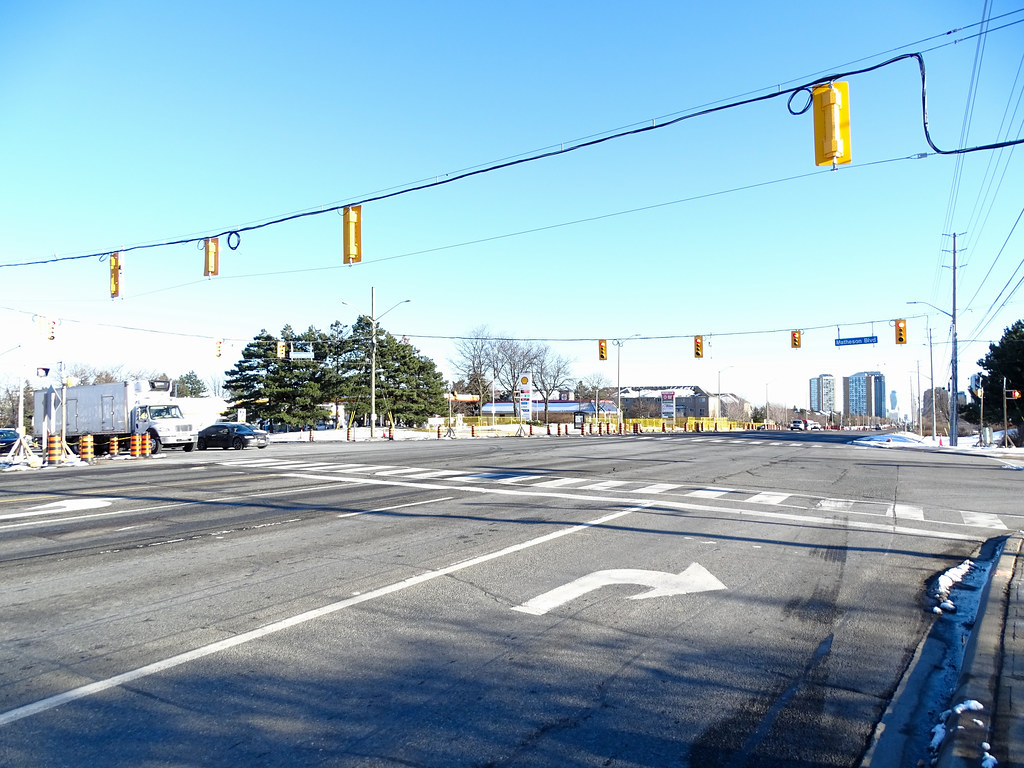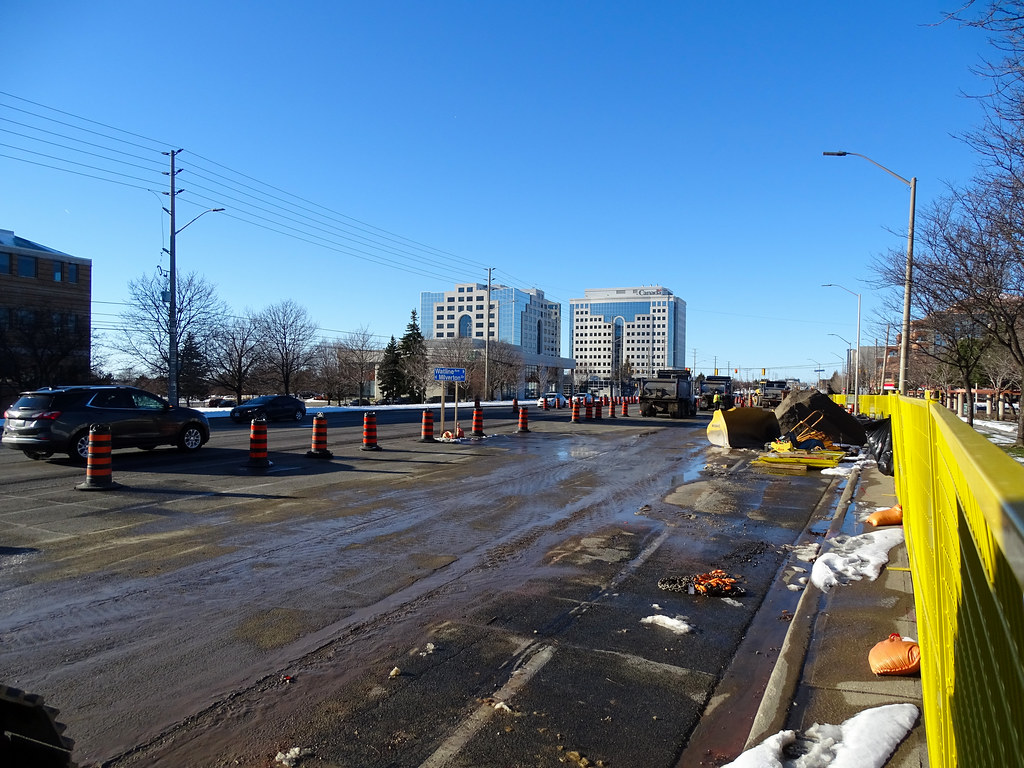drum118
Superstar
There is a new tower on the corner of Fairview that could be built by the time the line opens. It was approved this month by council. Density is not the issue, but the traveling route and time to/from the stop is. Another example of poor urban planning from the 70's.Just received a response from the Metrolinx Community Relations Specialist concerning the Fairview LRT stop. According to them, It will be located at the intersection of Fairview Road and Hurontario. Not sure why they would put it there. So close to the Cooksville stop no density and no demand.
If Fairview and Burnhamthrope are the new location for stops, it will add an extra 9 minutes to my current travel time of 14 minutes to Elm today and I am an able body at this time. The folks with walkers, canes and strollers will see no less than an extra 15 minute travel time added. Elm will have 20-40% more ridership than all the 3 stops combine with the new change.
Bottom line, a stop is needed between Fairview and Burnhamthrope.













